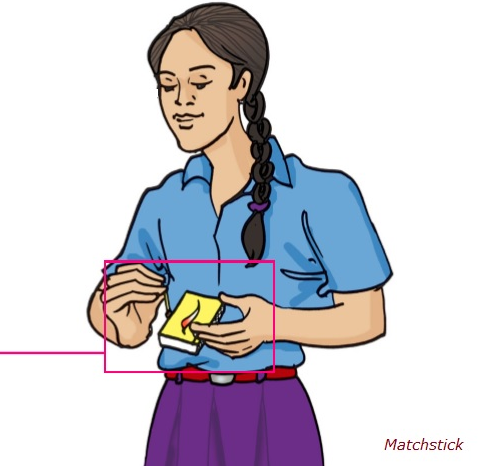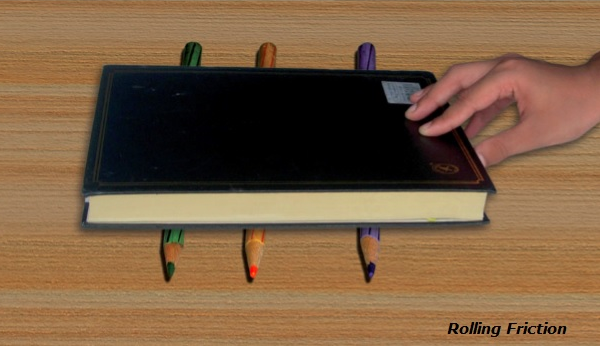
- Physics Notes for UPSC IAS Prelims (Part I)
- Physics - Home
- Physics - Force and Pressure
- Physics - Friction
- Physics - Some Natural Phenomena
- Physics - Motion
- Physics - Force and Laws of Motion
- Physics - Gravitation
- Physics - Mass and Weight
- Physics - Work and Energy
- Physics - Light
- Physics - Reflection and Refraction
- Images Formed by Spherical Mirrors
- Physics - Refraction of Light
- Physics - Spherical Lenses
- The Human Eye & Colorful World
- Refraction of Light Through a Prism
- Physics - Electricity
- Chemical Effects of Electric Current
- Magnetic Effects of Electric Current
- Physics - Electric Motor
- Physics - Source of Energy
- Physics - Sound Part I
- Physics - Sound Part II
- Speed of Sound in Different Media
- Physics - The Solar System
- Physics - Stars and The Solar System
Physics - Friction
Introduction
Friction is result of the irregularities on the two surfaces in contact of each other.

The force of friction is dependent on the irregularities of the surface; if it is greater, then the friction will be greater and if it is smooth, then the friction will be lesser.
Effectively, the friction is result of the interlocking of irregularities in the two surfaces.
If the two surfaces (in contact) are pressed harder, then the force of friction will increase.
On a frictionless surface, if an object starts moving, it would not stop ever; Without friction, it is not possible to construct a building.
Friction produces heat; when a matchstick is rubbed against the rough surface, it catches fire.

Substances Reducing Friction
The substances that reduce friction are known as lubricants. E.g. when oil, grease, or graphite is applied between the moving part of a machine, then it creates a thin layer; resultantly, moving surfaces do not directly rub against each other that ultimately reduces friction.
When a body rolls over the surface of another body, the resistance to its motion is known as the rolling friction. The rolling reduces the force of friction.

The frictional force exerted by fluids is known as drag.
The frictional force, on an object in a fluid, is dependent on its speed with respect to the fluid.
The frictional force depends on the shape of the respective object and also on the nature of the fluid.
Fluid friction is minimized by giving suitable shapes to the bodies moving in fluids.